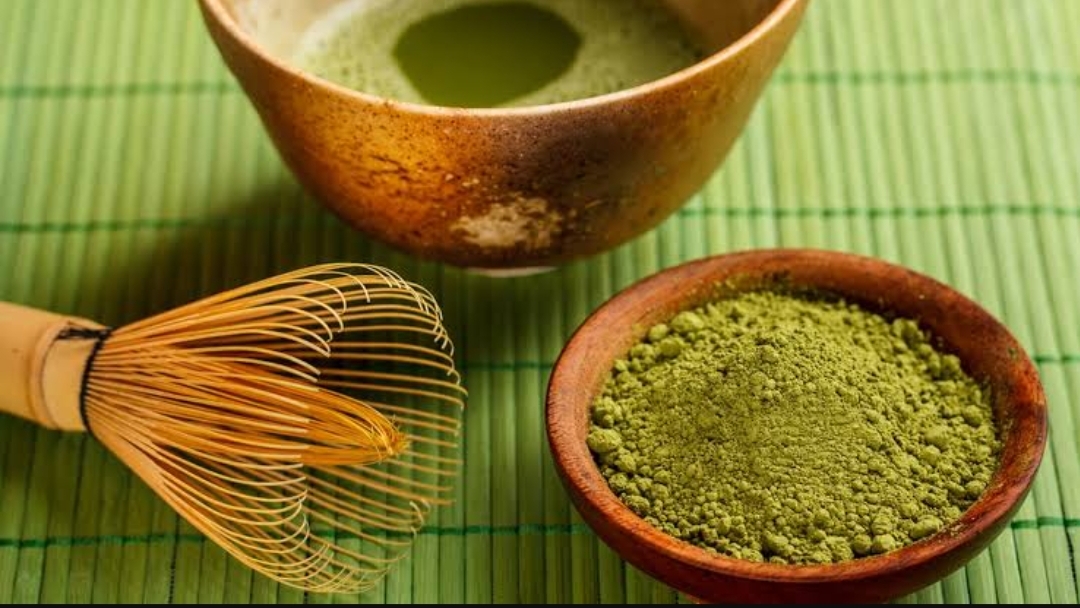How Matcha is Produce?

Introduction
Matcha, the vibrant green tea that has taken the world by storm, has a rich history and a unique production process. This article explores the journey of how Matcha is produced, from the lush tea fields to your cup. Let’s delve into the captivating world of matcha production.
What is Matcha?
Matcha is a finely ground, high-quality green tea powder made from shade-grown tea leaves. It originated in China during the Tang Dynasty but was later refined and popularized by the Japanese. This green elixir is celebrated not only for its distinct flavor but also for its numerous health benefits.
The Origins of Matcha
Matcha in Matcha Factory can be traced back to China, where it was initially prepared as a medicinal beverage. However, it was the Japanese who elevated Matcha to a ceremonial status. It became an integral part of Zen Buddhism and traditional Japanese tea ceremonies.
Cultivating Matcha Tea Leaves
The journey of Matcha begins with meticulous tea cultivation. Tea plants destined to become Matcha are shaded for several weeks before harvesting. This shading process increases the chlorophyll content, giving the leaves their vibrant green color.
Harvesting the Tea Leaves
Once the tea leaves have been shaded, they are handpicked with great care. The best Matcha is made from the youngest leaves, as they have a milder flavor and higher nutritional value.
Steaming and Drying the Leaves
The freshly harvested tea leaves are steamed to prevent oxidation, which would turn them into conventional green tea. After steaming, they are thoroughly dried to reduce moisture content.
Tencha: The Foundation of Matcha
The dried leaves, now known as tencha, are the foundation of Matcha. Tencha leaves are deveined and destemmed to create a product suitable for grinding.
The Grinding Process
The hallmark of matcha production is the grinding process. Traditional Matcha is ground using granite stone mills, which can take up to one hour to produce just 30 grams of Matcha. This labor-intensive process results in an ultra-fine powder.
Different Grades of Matcha
Matcha comes in various grades, from ceremonial to culinary. Ceremonial grade is the highest quality, used in tea ceremonies, while culinary grade is more suitable for cooking and baking.
Traditional vs. Modern Matcha Production
While traditional methods are still used, modern matcha production has evolved to meet growing demand. Modern techniques can be faster but may not always preserve the same level of quality.
Health Benefits of Matcha
Matcha is not only a delightful beverage but also a superfood. It’s packed with antioxidants, vitamins, and minerals and is believed to boost metabolism and promote relaxation.
Matcha in Culinary Uses
Beyond beverages, Matcha has found its way into various culinary delights. From matcha lattes to matcha-flavored desserts, it has become a versatile ingredient in the kitchen.
Matcha Around the World
The popularity of Matcha has transcended borders. It’s not only cherished in Japan but also embraced worldwide, with unique cultural twists and adaptations.
How to Prepare Matcha
Preparing Matcha is an art in itself. The traditional Japanese tea ceremony is the ideal way to savor this green elixir, but it can also be enjoyed as a latte or in various recipes.
Conclusion
In conclusion, the production of Matcha in Matcha Factory is a captivating journey that involves careful cultivation, harvesting, and a labor-intensive grinding process. This unique green tea powder has found a special place in the hearts of many due to its rich history, cultural significance, and numerous health benefits.
FAQs
1. Is Matcha different from regular green tea? Matcha is a type of green tea, but it’s processed differently and has a unique preparation method.
2. What gives Matcha its vibrant green color? Matcha’s vivid green hue comes from the high chlorophyll content resulting from the shading process.
3. How is Matcha traditionally prepared? Matcha is traditionally prepared in a Japanese tea ceremony using a bamboo whisk.
4. Can Matcha be used in cooking and baking? Yes, Matcha is a versatile ingredient in culinary creations, from lattes to desserts.
5. What are the health benefits of consuming Matcha? Matcha is packed with antioxidants, vitamins, and minerals and is believed to boost metabolism and promote relaxation.

